Introduction
Pitru Paksha, a term derived from the Sanskrit words “Pitru” meaning ancestors and “Paksha” meaning phase or fortnight, is a sacred observance in Hindu culture. It spans 16 days and is also known as Shraddha, during which offerings and devotions are made to honor one’s ancestors. This period holds deep spiritual significance, and at its core lies the Bhagwat Puja—a profound ceremony that seeks to pay homage to departed souls and invoke their blessings. In this comprehensive guide, we will explore the origin and significance of Pitru Paksha, the rituals associated with it, the importance of Bhagwat Puja, and the remedies performed during this sacred fortnight.
The Origin of Pitru Paksha
The origin of Pitru Paksha can be traced back to ancient Indian history, with roots deeply embedded in the epic of Mahabharata. The story revolves around the noble warrior, Karna, who met an unusual fate in the afterlife. Upon his death during the Mahabharata war, Karna’s soul ascended to heaven, but to his surprise, he received gold and jewels instead of the food he yearned for. Perplexed, Karna approached Lord Indra, the ruler of heaven, to inquire about this celestial offering.
Lord Indra revealed a profound truth to Karna. He explained that throughout his lifetime, Karna had been a generous donor to others, but he had never offered anything to his ancestors. Karna, who was unaware of his lineage during his earthly life, was deeply moved by this revelation. In response, Lord Indra granted him permission to return to Earth for a period of 16 days to perform rituals and offer food to his ancestors. These 16 days became known as Pitru Paksha, dedicated to the appeasement and salvation of departed souls.

Pitru Puja Mantra
ॐ पितृगणाय विद्महे जगत धारिणी धीमहि तन्नो पितृः प्रचोदयात्।
ॐ देवताभ्यः पितृभ्यश्च महायोगिभ्य एव च। नमः स्वाहायै स्वधायै नित्यमेव नमो नमः।
ॐ आद्य-भूताय विद्महे सर्व-सेव्याय धीमहि।
Importance of Pitru Paksha
Pitru Paksha is rooted in the belief that the souls of deceased family members return to Earth to visit their loved ones until they attain Moksha or liberation from the cycle of birth and death. By performing rituals such as Pind Daan and Tarpan, family members seek to satisfy the hunger and thirst of the departed souls. These acts of appeasement are essential to ensure that the souls can transition to a state of Moksha, breaking free from the eternal cycle of life, death, and rebirth.
Pitru Paksha also holds significance for individuals affected by Pitru dosh, a perceived curse from deceased ancestors that can disrupt one’s life and goals. To alleviate or eliminate Pitru dosh, family members or individuals perform rituals and offer food to crows during Shradha rituals. If the crows accept the food, it is believed that the ancestors are pleased. However, if the crows refuse the offering, it indicates the displeasure of the souls, and the individuals may continue to be afflicted by Pitru dosh.
Puja Samagri for Performing Pitru Paksha Puja
The puja samagri (ritual materials) required for Pitru Paksha Puja or Shradh Puja at home typically includes:
– A clean, white cloth
– A pot of water
– A handful of rice
– A handful of sesame seeds
– A handful of barley
– A handful of Kusha grass
– A diya (lamp)
– Incense sticks
– Flowers
– Sweets
– A picture or representation of the ancestors
Performing Pitru Paksha/Sharadh Vidhi
The Pitru Paksha rituals are usually performed by the eldest family member or the son. The key steps in performing these rituals include:
– Taking a bath in holy water and wearing new clothes.
– Wearing a ring made of Kusha grass, symbolizing the invocation of ancestral souls.
– Preparing a sacred space with a white cloth and spreading barley or black sesame seeds on it. Placing a photo of the ancestor on this setup, typically in the south corner.
– Inviting the ancestors for Pind Daan and offering rice balls with goat’s milk, honey, and sugar.
– Performing Tarpan, where water and flour are mixed with black sesame seeds, barley, and Kusha grass and offered to the ancestors’ souls.
– After completing the rituals, the food offered to the ancestors is distributed to the needy and poor, seeking the blessings of the ancestors.

Remedies During Pitru Paksha
Many remedies can be performed during Pitru Paksha to aid the ancestors and bring good fortune to the living. Some of the most common remedies include:
- Shraddha and Tarpan: These rituals involve offering food and water to the ancestors to appease them and help them attain Moksha.
- Fasting: Fasting is observed as a mark of respect to the ancestors and is done to seek their blessings.
- Donation: Making donations to temples, charities, or organizations that assist the poor and needy.
- Puja: Conducting puja or ritual worship of the ancestors at home or in a temple.
- Mantra Japa: Reciting sacred mantras dedicated to the ancestors to appease them and facilitate their journey to Moksha.
- Katha Kathan: Listening to stories and narratives about the ancestors to learn about their lives and seek their blessings.
Observing Pitru Paksha: Rituals and Traditions
Pitru Paksha, which marks the beginning of the waning phase of the lunar cycle, is a time when multiple rituals are performed to show respect to deceased family members through acts of Shradh and Tarpan. The rituals are believed to provide solace to the souls of ancestors, elevate their status in the afterlife, and invoke their blessings for the well-being of the living. Here are some of the key rituals and their significance:
Aasan Shuddhi
The process of purifying the seat where the rituals will be conducted. It symbolizes the sanctification of the space where the ancestors are invoked.
Shareer Shuddhi
A ritual purification of the body to cleanse and prepare the individual for the offerings to be made to their ancestors.
Pavtrikaran
The purification of water, which plays a central role in the rituals, as water is considered a sacred medium for connecting with the ancestors.
Ganga Ahvahan
Invoking the divine river Ganga and symbolically bringing its purifying waters to the ritual space.
Shikha Bandhan
Tying a sacred thread, often made of Kusha grass, on the wrist or finger of the individual performing the rituals. It signifies the connection with the ancestors.
Swastivachan
Invoking blessings and auspiciousness to ensure the smooth conduct of the rituals.
Shanti Paath
Recitation of prayers for peace and harmony, both for the living and the departed souls.
Sankalp
A solemn declaration of the individual’s intent and purpose for performing the rituals, including the names of the ancestors being honored.
Dev Tarpan, Rishi Tarpan, and Pitra Tarpan
Offering oblations of water and other sacred substances to various categories of beings, including gods, sages, and ancestors.
Pind Daan
A significant ritual where rice balls mixed with sesame seeds and barley are offered to the ancestors. It symbolizes providing sustenance to the departed souls.
Panch Grass Rituals
Using five types of sacred grasses during the rituals to create a symbolic boundary and connect with the ancestors.
The Evolution of Pitru Paksha in Modern Times
Pitru Paksha has evolved over the centuries to adapt to changing times and lifestyles. In today’s world, while traditional rituals are still observed with devotion, there is a growing awareness of the importance of maintaining ancestral connections, even in the face of global migration and technological advancements.
Technology has played a significant role in preserving ancestral connections. Families scattered across the globe can now participate in Pitru Paksha rituals through video conferencing and virtual offerings, ensuring that the sacred traditions are upheld even in distant lands.
Conclusion
Pitru Paksha is a time-honored tradition that highlights the deep-rooted connection between the living and their ancestors. It is a period of reflection, reverence, and remembrance, where rituals are performed to honor and seek blessings from departed souls. The Bhagwat Puja, at the heart of Pitru Paksha, serves as a conduit for invoking these blessings and ensuring the well-being of both the living and the departed.
As the world continues to evolve, the essence of Pitru Paksha remains unchanged—the recognition that the bonds of family and heritage extend beyond the physical realm, and the belief in the enduring presence and influence of our ancestors in our lives. It is a reminder that, in honoring our past, we find strength and guidance for the future, ensuring a continuous thread of love, respect, and tradition through the generations.
May the observance of Pitru Paksha and the performance of Bhagwat Puja bring peace, prosperity, and spiritual growth to all.








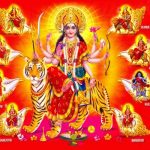

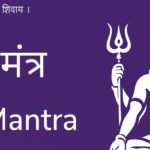

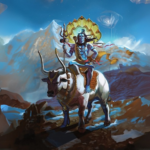

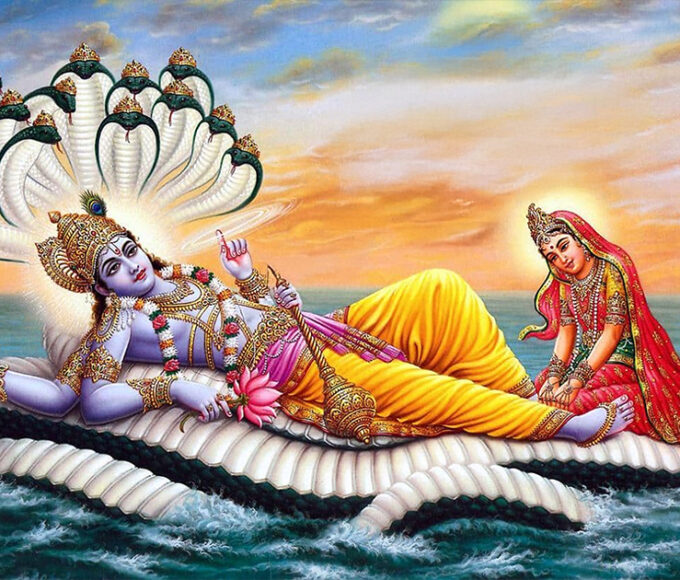
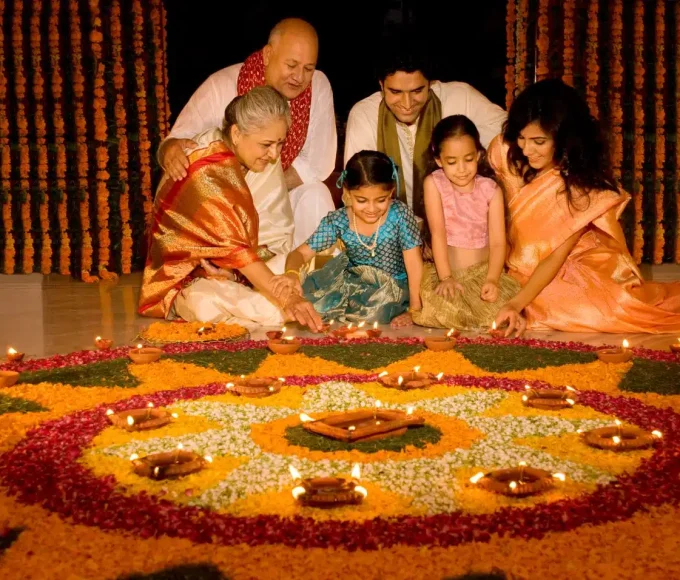
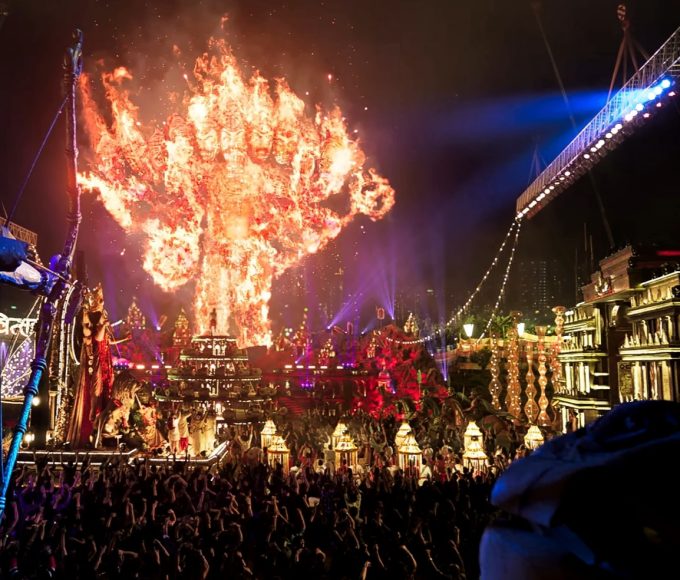
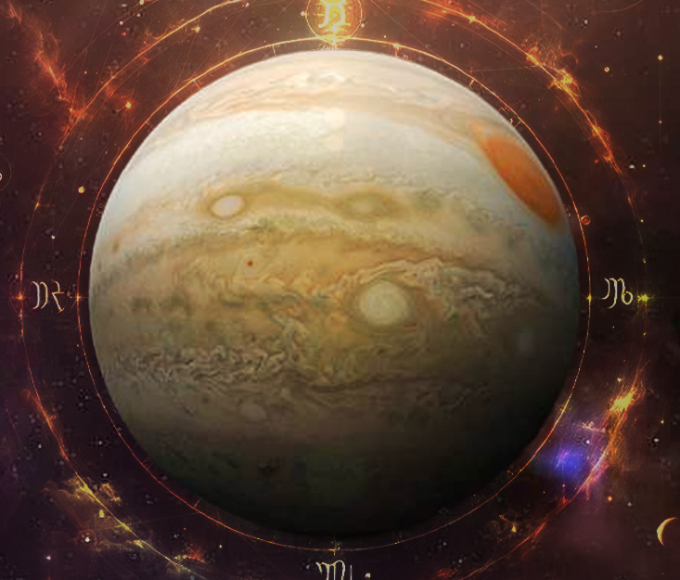
Leave a comment